
1930 : Born Rosalind Fox, April 2, 1930 in Highland Park, Illinois
1947 : Graduated from Highland Park High School
1951 – 1960 : In 1951 she graduated from Goucher College in Baltimore, Maryland with a Bachelor of Arts in Political Science in 1951, and then sailed to Belgium and France with The Experiment in International Living. After taking a secretarial course, she worked as a stenographer at the Toni Company in Chicago’s Merchandise Mart. In 1953 she married Jay Solomon and moved to Chattanooga, Tennessee, and had two children. A son, Joel and a daughter, Linda.
1961 – 1976 : In 1961, Rosalind Solomon became Regional Director of The Experiment in International Living and visited communities throughout the Southern United States recruiting host families to receive international guests. In 1968, the organization arranged for Solomon to stay with a family near Tokyo.

Having found a means for expression, Solomon began to photograph regularly. She purchased a Nikkormat in 1969 and set up a home darkroom to process black and white pictures. In 1974, she began intermittent studies with Lisette Model during visits to New York City. At the time, Solomon was photographing damaged dolls, as well as people, at a monthly market in Scottsboro, Alabama. Model advised her to work with both a 35 millimeter and a 2 1/4 x 2 1/4 inch camera in order to master the medium-format camera. In 1975 she used a 2 1/4 x 2 1/4 inch camera to make portraits of patients in Chattanooga, Tennessee at the Baroness Erlanger Hospital and to photograph in Sicily. The Birmingham Museum of Art exhibited her photographs, First Mondays in Scottsboro. Following Lisette Model’s advice, Solomon dropped off a portfolio at the Museum of Modern Art. John Szarkowski viewed the work, and purchased prints. One of her Sicily photographs, Hooded Boy, was the first of Rosalind Solomon’s images to be exhibited at the Museum of Modern Art. Neikrug Gallery, New York, exhibited Dolls and Mannikins, and Szarkowski included Mannikin with Tongue and Hysterectomy Doll in the MOMA exhibition, Photography for Collectors.
1977 – 1979 : In 1977, Solomon lived and worked in Washington, where she made pictures of artists and politicians and completed a series, Outside the White House; she traveled to the Guatemala highlands and photographed rural people and rituals; Galerie Zabriskie exhibited Diane Arbus, Lisette Model, Rosalind Solomon. In 1978, Northgate Mall, a photograph of Santa Claus and a little girl, appeared in the exhibition, Mirrors and Windows; The Photographers Gallery, London, exhibited Solomon’s, Southern Portraits; Sander Gallery in Washington, D.C. showed Rosalind Solomon, Selected Works.
1980 – 1986 : In 1980, The Corcoran Gallery of Art, Washington, D.C., exhibited Rosalind Solomon: Washington with an accompanying catalogue, and the Sander Gallery in Washington showed Rosalind Solomon, Photographs. Solomon received a Guggenheim Fellowship, which supported her work in Brazil and Peru. She created Carnival, an edition of four albums with collaged covers, as well as a boxed assemblage, Corazón. She returned to Peru in 1981 and 1982, photographing, shooting super 8 film and making tape recordings. In 1982, Film in the Cities, Minneapolis Minnesota, and Ikona Galley, Venice, Italy, exhibited Solomon’s Peru images. In 1981 – 1983, the American Institute of Indian Studies, an organization supporting scholarly and artistic work in Southeast Asia, awarded her fellowships to photograph Indian festivals. George Eastman House, Rochester, NY, exhibited Rosalind Solomon: India, which was also shown at the Smithsonian’s American Museum of Natural History in Washington. The American Centers in India exhibited another group of her India pictures in New Delhi, Madras, Bombay and Calcutta.
Rosalind Solomon divorced in 1984 and moved to lower Manhattan, where she built her darkroom and studio. She produced two installations, Adiós and Catacombs. In 1985 she photographed the earthquake aftermath in Mexico City. In 1986 she made a series of New York street portraits and portraits at Buddhist temples in Katmandu. The artist’s unique album, Along the Road, evolved from her experience in Nepal. In 1986, Espace, Union des Banques a Paris mounted the exhibit Rosalind Solomon, and The Center for Creative Photography acquired a selection of Solomon’s photographs. The same year, the Museum of Photographic Arts in San Diego, California, exhibited eighty-six Solomon works with a catalogue, Rosalind Solomon, Earthrites. In 1986 MOMA exhibited Rosalind Solomon, Ritual.
1987 – 1994 : In 1987, Solomon photographed people with AIDS in the USA. In 1988 Grey Art Gallery, New York University mounted a solo exhibition of these pictures and published the catalogue, Portraits in the Time of AIDS. In 1988, Etherton Gallery in Tucson, exhibited Rosalind Solomon, Photographs 1976-1987 with an accompanying catalogue. In 1989, recommended by Manuel Alvarez Bravo, Solomon was offered a major exhibition at The Museum of Modern Art in Mexico City. At the same time, the Addison Gallery of American Art planned a show, which was to include her photographs, installations, unique books and Super 8 video. Solomon withdrew from both exhibitions. Reminiscing about these decisions she later wrote a short piece, I Jumped off my Galloping Horse.
From 1988 to 1990, a grant from the National Endowment for the Arts helped support her work in South Africa and in Dublin and Belfast. In these years, she also traveled to Agua de Dios, Colombia, where she photographed people with Hansen’s Disease, and she worked in Poland. She also made portraits of survivors Yugoslavia, Cambodia, and Cuba. As an antidote, she lived part-time in New Orleans in order to photograph Mardi Gras and musicians.
1995 – 2003 : During this period, Solomon photographed in Peru intermittently for four months. In 1996, Lima’s El Museo de Arte presented Solomon’s pictures in Peru y Otros Lugares – Peru and Other Places. A catalogue accompanied the exhibition.
In 1998 she traveled to Tibet and revisited India and Nepal. During that year, Solomon finished her video piece, To Highlands, incorporating early 80’s super 8 film and mid-90’s video footage from Peru, Tibet and Highland Park, Illinois. In 1999, Solomon traveled to Israel and also visited Jordan. Yaddo awarded her the John D. and Catherine T. MacArthur residency. While at Yaddo, she completed the selection of pictures for Chapalingas, worked on the texts, and photographed artists. In 2002, she was awarded residencies at the MacDowell Colony, Peterborough, New Hampshire and at Blue Mountain Center, Blue Mountain Lake, New York. During her two-month residency at the MacDowell Colony, she sequenced the Chapalingas images, continued her self-portraits, photographed artists and began writing Grave Mail. She was appointed a MacDowell Colony National Endowment for the Arts Fellow. In 2003 Solomon was invited back to MacDowell and was selected Ray and Abraham Gottlieb Fellow. During the year, she made portraits in Poland, Canada and India. In the Spring, Die Photographische Sammlung exhibited her pictures in Cologne, Germany. Die Photographische Sammlung and Steidl Verlag co-published the accompanying catalogue, Chapalingas, in English, German and French with 201 full-page reproductions.
2004 – 2011 : In 2004, The Musee Nicephore Niepce showed 100 of her American pictures from Chapalingas in Chalon-sur-Saone, France. Poland Close and Distant was exhibited at The Willy-Brandt Haus, Berlin.
In 2005 Solomon began to organize her extensive archive. She returned to Yaddo to sequence pictures for Polish Shadow, and returned to work in Peru.
In 2006, the Foley Gallery, New York, exhibited Rosalind Solomon, American Pictures from Chapalingas. She photographed in Berlin during the World Cup, and traveled to Vienna for the installation of the Kunsthalle Wien exhibition Americans: Masterpieces of American Photography from 1940 until Now, a group exhibition which included Diane Arbus, Richard Avedon, Robert Frank, Lee Friedlander, Helen Levitt, Ryan McGinley, Gordon Parks and Rosalind Solomon.
In 2007, Solomon photographed in Hanoi. The Center for Creative Photography acquired The Rosalind Solomon Archive. Which includes, in addition to photographs, papers, videotapes, unique albums and memorabilia.
In 2008, the artist made portraits of the Padrell family in Catalonia, Spain. Bruce Silverstein exhibited Inside Out, a show of Rosalind Solomon’s photographs, her video installation, Don’t Eat my Centerpiece and her installation, Catacombs.
In 2009, Solomon’s photographs appeared in the Aperture exhibition, Lisette Model and Her Successors, which traveled in the USA and abroad. She attended Fran Quinn’s monthly New York Poetry Workshop, and wrote directed and filmed A Woman I Once Knew, an 8-minute movie. She returned to Chattanooga, Tennessee, to photograph old friends.
In 2010, Solomon photographed in Ho Chi Minh City. Bruce Silverstein exhibited Rosalind Solomon Ritual, and screened her movie, A Woman I Once Knew, which was awarded Best Experimental Short by the New York International Independent Film and Video Festival. She returned to Kolkata and was welcomed, by The American Institute of Indian Studies. She photographed the Immersion of Goddess Durga in Kolkata in 1983 and in 1986, the picture was exhibited at MOMA in Rosalind Solomon, Ritual. In 2010, MOMA included it in The Original Copy: Photography of Sculpture, 1839 to Today. Several of her photographs appeared in the MOMA exhibition, Women: A History of Modern Photography in 2010-2011.
She was invited to spend a month at Djerassi Artist Residency.
In 2011, Goucher College awarded Rosalind Fox Solomon, the honorary degree, Doctor of Fine Arts.
Website
All images © ROSALIND FOX SOLOMON
Fonte










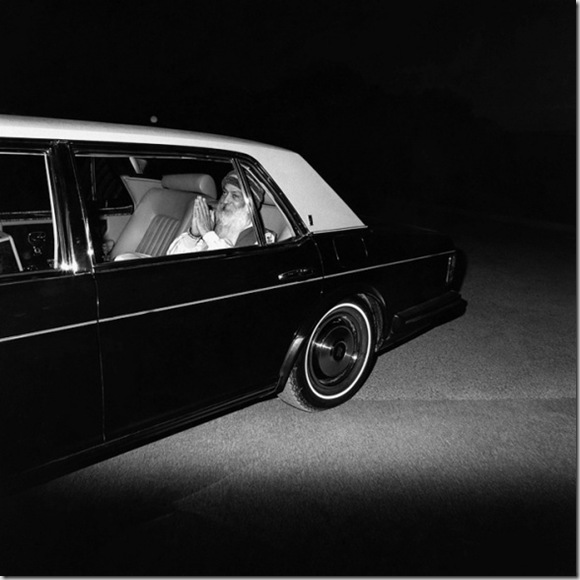
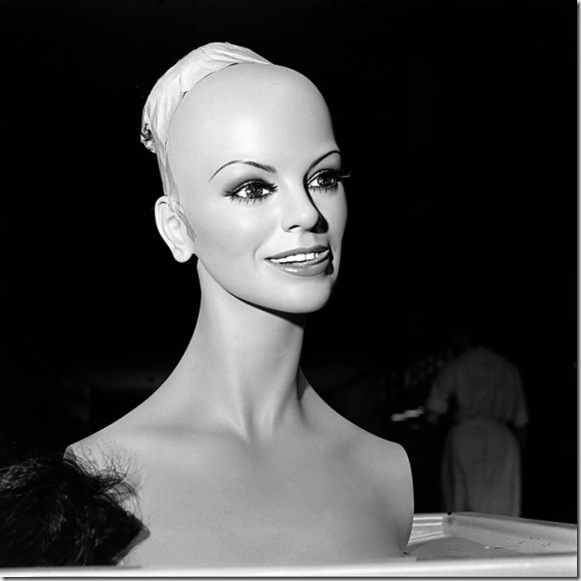
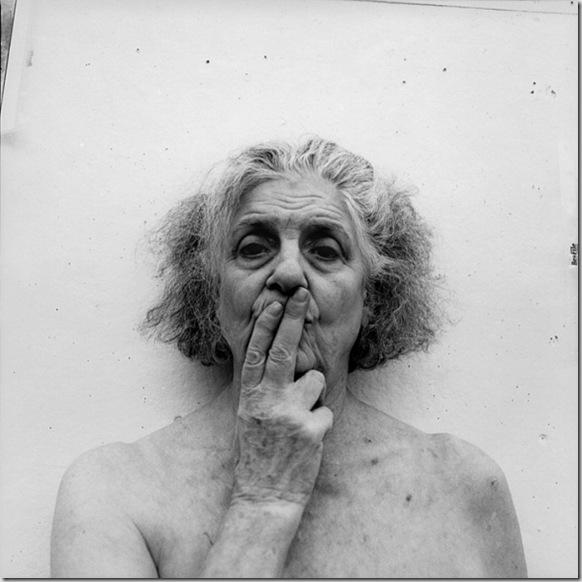


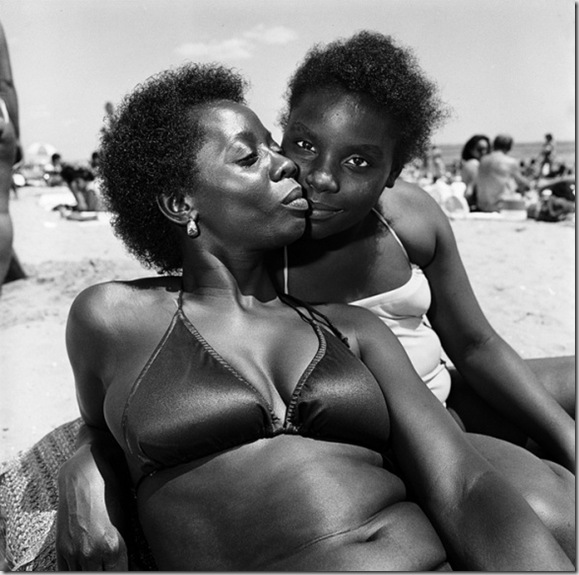
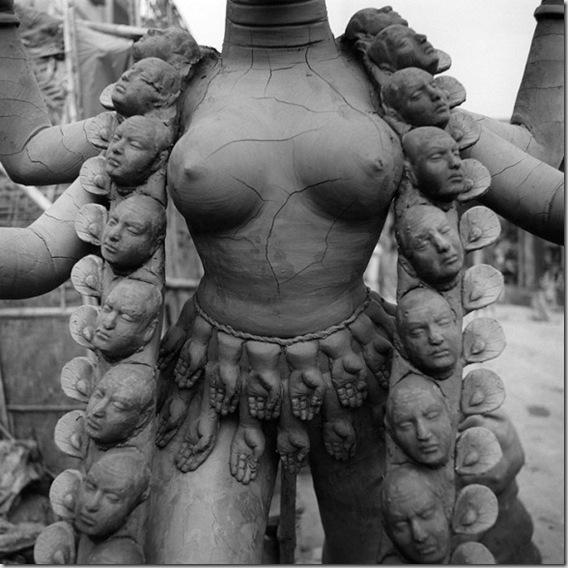


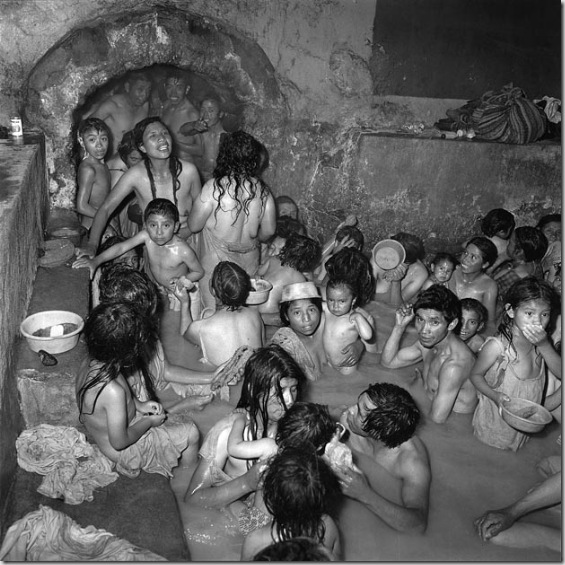


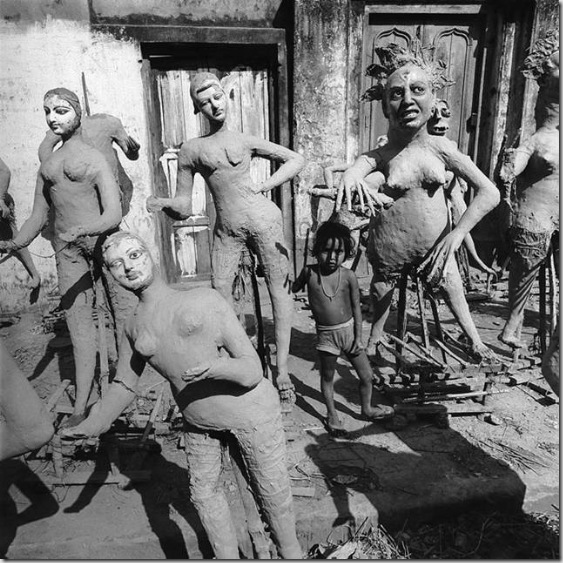
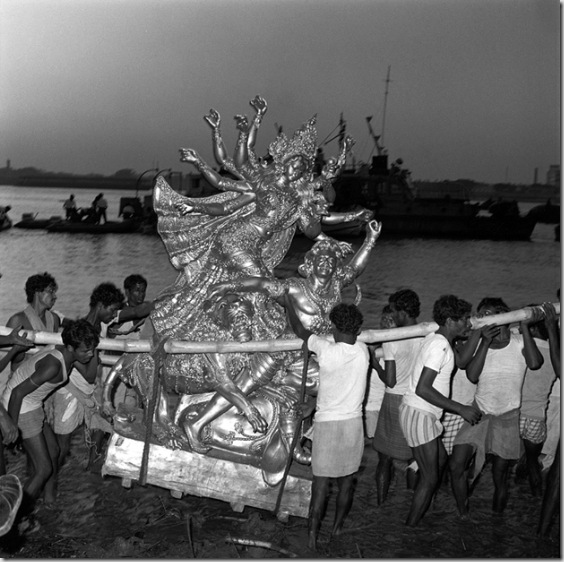


Nessun commento:
Posta un commento